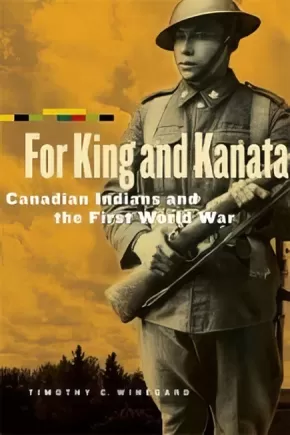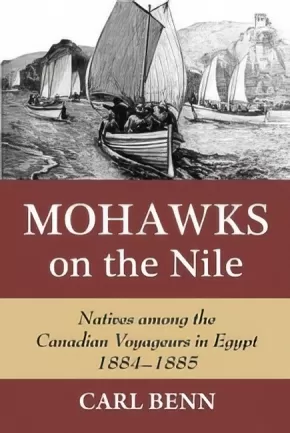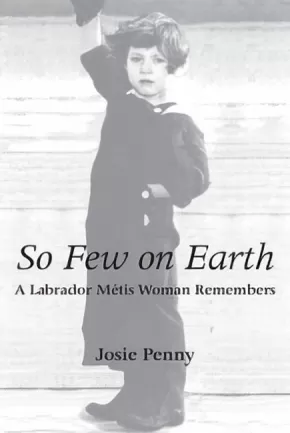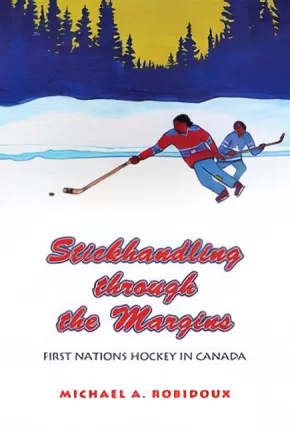Canadian Indigenous Books for Schools 8 - 12 2012-2013
Synopsis:
The first comprehensive history of the Aboriginal First World War experience on the battlefield and the home front. When the call to arms was heard at the outbreak of the First World War, Canada’s First Nations pledged their men and money to the Crown to honour their long-standing tradition of forming military alliances with Europeans during times of war, and as a means of resisting cultural assimilation and attaining equality through shared service and sacrifice. Initially, the Canadian government rejected these offers based on the belief that status Indians were unsuited to modern, civilized warfare. But in 1915, Britain intervened and demanded Canada actively recruit Indian soldiers to meet the incessant need for manpower. Thus began the complicated relationships between the Imperial Colonial and War Offices, the Department of Indian Affairs, and the Ministry of Militia that would affect every aspect of the war experience for Canada’s Aboriginal soldiers. In his groundbreaking new book, For King and Kanata, Timothy C. Winegard reveals how national and international forces directly influenced the more than 4,000 status Indians who voluntarily served in the Canadian Expeditionary Force between 1914 and 1919—a per capita percentage equal to that of Euro-Canadians—and how subsequent administrative policies profoundly affected their experiences at home, on the battlefield, and as returning veterans.
Additional Information
240 pages | 6.00" x 9.00"
Synopsis:
The acclaimed and accessible Hidden in Plain Sight series showcases the extraordinary contributions made by Aboriginal peoples to Canadian identity and culture. This collection features new accounts of Aboriginal peoples working hard to improve their lives and those of other Canadians, and serves as a powerful contrast to narratives that emphasize themes of victimhood, displacement, and cultural disruption.
In this second volume of the series, leading scholars and other experts pay tribute to the enduring influence of Aboriginal peoples on Canadian economic and community development, environmental initiatives, education, politics, and arts and culture. Interspersed are profiles of many significant Aboriginal figures, including singer-songwriter and educator Buffy Sainte-Marie, politician Elijah Harper, entrepreneur Dave Tuccaro, and musician Robbie Robertson. Hidden in Plain Sight continues to enrich and broaden our understandings of Aboriginal and Canadian history, while providing inspiration for a new generation of leaders and luminaries.
Synopsis:
Fully illustrated and engagingly written, K'esu' is the first book to honour this Kwakwaka'wakw artist's ground-breaking work Northwest Coast.
Kwakwaka'wakw art is renowned for its flamboyant, energetic and colourful carving and painting. Among the leading practitioners was Doug Cranmer, whose style was understated, elegant and fresh and whose work quickly found an international following in the 1960s. He was an early player in the global commercial art market and one of the first Native artists in British Columbia to own his own gallery.
A long-time teacher, he inspired generations of young Native artists in Alert Bay, British Columbia, and across the province. To date, however, his considerable contributions have gone largely unrecognized. This beautifully illustrated book is a record of the art, life and influence of a man who embodied "indigenous modern" before the term had been coined but preferred the descriptor "whittler" or "doodler" to "Kwakwaka'wakw artist."
Skillfully weaving excerpts from his friends and family, facts about his life and examples of his stunning artwork, K'esu' captures the artist's personality and his paradoxes in this wide-ranging celebration of Cranmer, his oeuvre and his profound influence on generations of Kwakwaka'wakw artists.
Additional Information
152 pages | 8.00" x 10.00"
Synopsis:
Mohawks on the Nile explores the absorbing history of sixty Aboriginal men who left their occupations in the Ottawa River timber industry to participate in a military expedition on the Nile River in 1884-1885. Chosen becuase of their outstanding skills as boatmen and river pilots, they formed part of the Canadian Voyageur Contingent, which transported British troops on a fleet of whaleboats through the Nile's treacherous cataracts in the hard campaigning of the Sudan War. Their objective was to reach Khartoum, capital of the Egyptian province of Sudan. Their mission was to save its governor general, Major-General Charles Gordon, besieged by Muslim forces inspired by the call to liberate Sudan from foreign control by Muhammad Ahmad, better known to his followers as the "the Mahdi."
In addition to Carl Benn's historical exploration of this remarkable subject, this book includes the memoirs of two Mohawk veterans of the campaign, Louis Jackson and James Deer, who recorded the details of their adventures upon returning to Canada in 1885. It also presents readers with additional period documents, maps, historical images, and other materials to enhance appreciation of this unusual story, including an annotated roll of the Mohawks who won praise for the exceptional quality of their work in this legendary campaign in the chronicle of Britain's expansion into Africa.
Synopsis:
Josephine Mildred Curl Penny grew up in Labrador during the 1940s and 1950s. Like many Métis, she and her family lived a semi-nomadic lifestyle, moving inside to the primitive settlement of Roaches Brook each fall to hunt and trap, andoutside to Spotted Islands in the spring to harvest the rich fishing grounds.
Sent away to hospital at age four, to boarding school when she was seven, and forced out to work at age eleven, Josie lost the family bond so important to a young child. She recounts the years spent at Lockwood Boarding School where she suffered atrocious punishments, merciless teasing, and the humiliation of two rapes. The depersonalization and constant punishment eventually took their toll, and her once free-spirited nature was broken. Reading became her only escape.
Set against the beauty and ruggedness of the Labrador coast, So Few on Earth is a story of perseverance in a harsh environment and the possibility of life starting anew from shattered beginnings.
Synopsis:
Some of hockey’s fiercest and most passionate players and fans can be found among Canada's First Nations populations, including NHL greats Jordin Tootoo, Jonathan Cheechoo, and Gino Odjick. At first glance the importance of hockey to the country's Aboriginal peoples may seem to indicate assimilation into mainstream society, but Michael A. Robidoux reveals that the game is played and understood very differently in this cultural context. Rather than capitulating to the Euro-Canadian construct of sport, First Nations hockey has become an important site for expressing rich local knowledge and culture.
With stories and observations gleaned from three years of ethnographic research, Stickhandling through the Margins richly illustrates how hockey is played and experienced by First Nations peoples across Canada, both in isolated reserve communities and at tournaments that bring together participants from across the country. Robidoux's vivid description transports readers into the world of First Nations hockey, revealing it to be a highly social and at times even spiritual activity ripe with hidden layers of meaning that are often surprising to the outside observer.
Additional Information
176 pages | 6.00" x 9.00"












